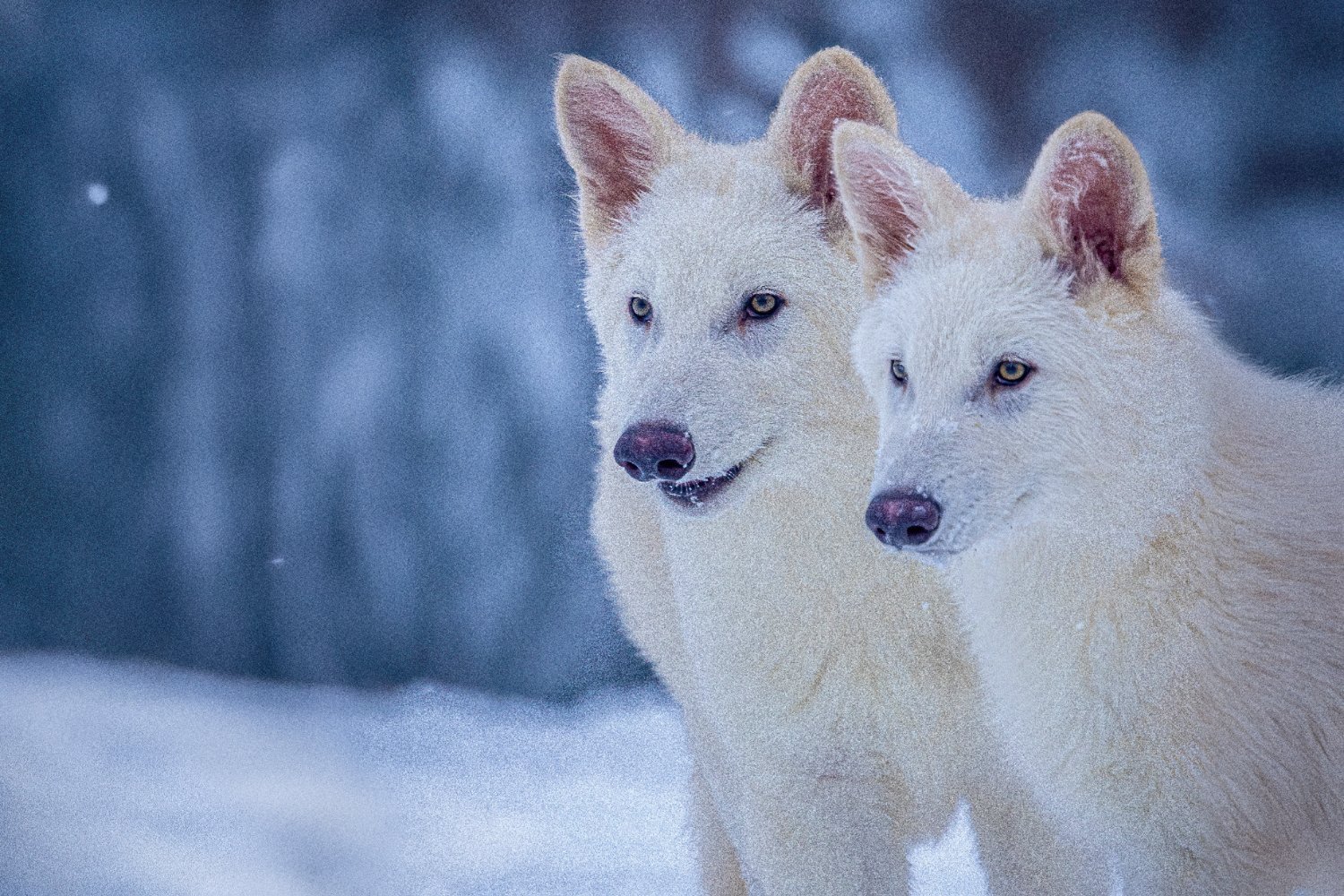Introduction to De-Extinction
The concept of "de-extinction" has reached a significant milestone with the company Colossal Biosciences announcing the successful resurrection of a version of the dire wolf, a species previously extinct. This achievement was reported earlier today and marks the first such resurrection of an extinct species.
The Achievement
Colossal announced its groundbreaking accomplishment on Monday morning, accompanied by a detailed cover article in Time magazine. The company’s scientists have successfully bred three sibling dire wolves since last fall using a combination of gene-editing and surrogate dogs. All three wolves, named Romulus, Remus, and Khaleesi, appear to be healthy so far. This feat follows Colossal’s genetic engineering of "woolly mice" and is expected to bode well for their larger resurrection project: bringing back the woolly mammoth.
Dire Wolves: A Look Back
Dire wolves (Aenocyon dirus) were canines that emerged during the Late Pleistocene, between 129,000 and 11,700 years ago, before becoming extinct around 9,500 years ago. They lived throughout the Americas and likely evolved to hunt down the massive megafauna seen during the Ice Age. One notable difference from modern canines was their size; on average, they were as big as the largest gray wolves seen today, with larger and more robust teeth. The general public might be more familiar with them lately thanks to their appearance on the HBO show "Game of Thrones," where they were the trusted companions of the Starks.
The Resurrection Process
Colossal’s dire wolves were born separately to surrogate large hound mixes, with Romulus and Remus born close together in October, and Khaleesi the youngest in the winter. The wolves are reportedly doing well in a 2,000-acre ecological preserve, the location of which has been kept hidden to protect the animals, and are being carefully watched by a staff of veterinarians.
Reaction from Colossal
"I could not be more proud of the team. This massive milestone is the first of many coming examples demonstrating that our end-to-end de-extinction technology stack works," said Colossal CEO Ben Lamm in a statement. "Our team took DNA from a 13,000-year-old tooth and a 72,000-year-old skull and made healthy dire wolf puppies. It was once said, ‘any sufficiently advanced technology is indistinguishable from magic.’ Today, our team gets to unveil some of the magic they are working on and its broader impact on conservation."
The Science Behind the Resurrection
To be clear, Colossal’s scientists didn’t create these dire wolves by directly copying DNA over from ancient samples. Instead, after reconstructing and analyzing the wolves’ genomes, they made precise edits to the DNA of existing cells taken from a gray wolf. They made 20 edits in total, 15 of which were intended to make genes resemble the variants found in their dire wolf samples. These variants are thought to influence the wolves’ size and facial shape. The nucleus of these reconstructed cells was then transplanted into donor egg cells that had their nucleus scooped out, giving rise to viable embryos that were implanted into surrogate mothers (large hound mixes).
Context and Caveats
For context, the gray wolf—the closest living relative of the dire wolf—has a genome of about 2.45 billion base pairs (the fundamental building blocks of DNA). Given that dire wolf DNA differs by roughly 0.5% from that of gray wolves, the researchers have barely scratched the surface. This 0.5% disparity amounts to roughly 12 million base pairs that set the dire wolf genome apart from its gray wolf counterpart. Colossal remains very far from capturing the genetic differences between the two species.
Functional De-Extinction
Colossal’s approach has been dubbed "functional de-extinction." This approach uses the safest and most effective method to bring back the lost phenotypes that make an extinct species unique. They turn to ancient DNA to learn as much as they can about each species and, whenever possible, link specific extinct DNA sequence variants to each key trait. In some cases, they learn that variants already present in the surrogate species can be used to engineer that key trait. Engineering existing variants into the donor genome is an optimal path, as it provides strong confidence in the outcome with minimal risk to the animal.
Future Plans and Concerns
Some people might disagree that Colossal’s wolves are truly dire wolves, and the team’s claims about the dire wolf’s ancestry will certainly be studied further by other scientists. Scientific questions aside, there are also moral concerns about whether it’s appropriate to try bringing back extinct species in the first place. However, the company’s accomplishment shouldn’t be minimized either. This is a major barrier that has been broken, and the company isn’t done. Colossal also announced today that its cloning technology was recently used to birth four red wolves, which are the most critically endangered wolves around today. And it still plans to birth the world’s first resurrected woolly mammoth by 2028.
Conclusion
The world has definitely changed now, and whatever you want to call them, these wolves likely only mark the beginning of a new era in genetic engineering.
Source Link





